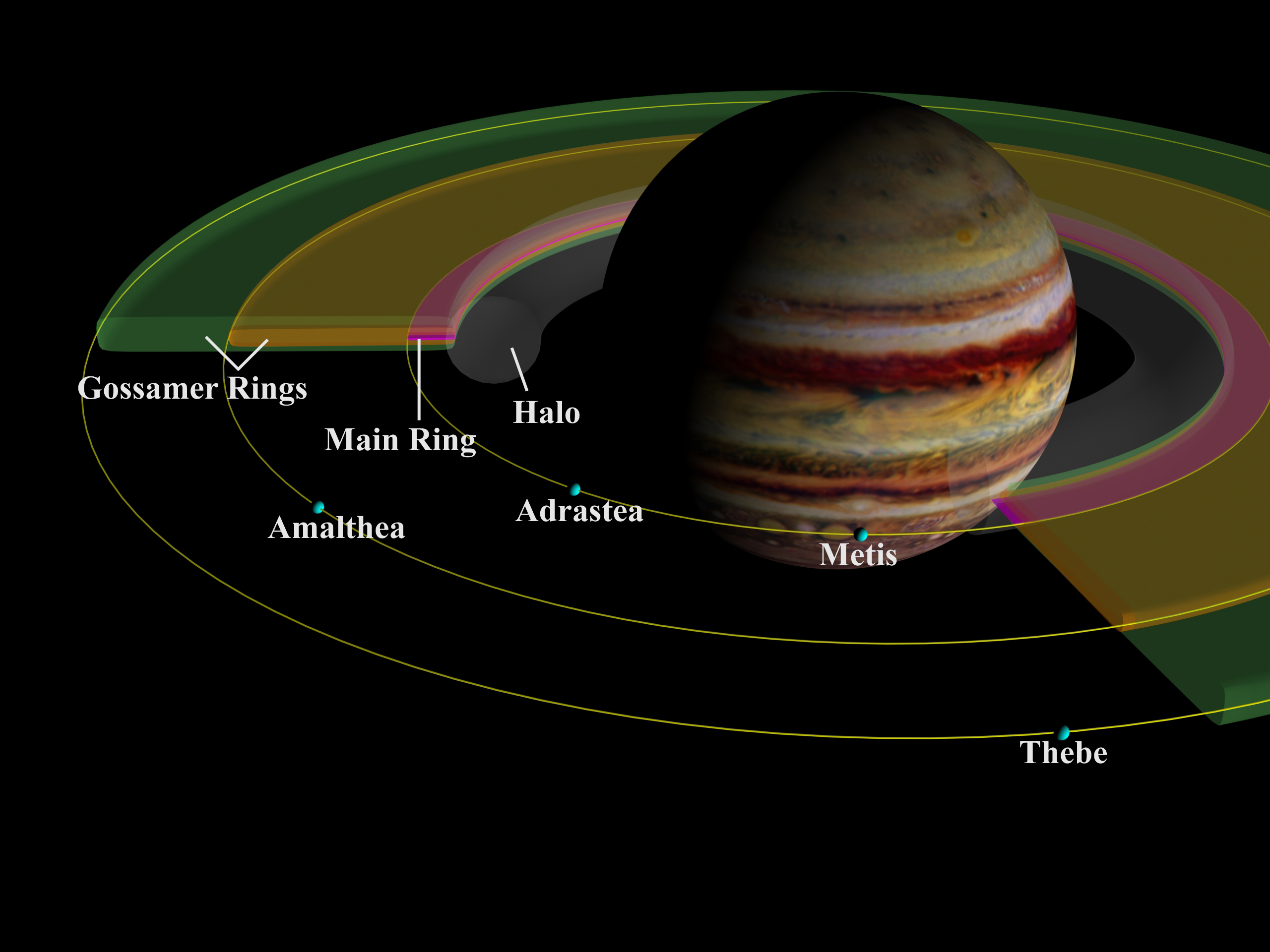1. Jupiter is the 5th planet from the Sun.
2. Jupiter is the largest planet in our solar system, with a diameter of 142,984 kilometers.
3. Jupiter Planet is classed as a gas giant, as is Saturn, Uranus, and Neptune.
4. The Romans named the planet after Jupiter, King of the Gods in Ancient Roman mythology.
5. Jupiter Planet was discovered in 1610 by Galileo Galilei. Galileo also discovered four of the largest moons of Jupiter. These moons are aptly called the Galilean Moons in honor of his discover. The four moons discovered by Galileo were Callisto, Ganymede, Europa and Io. The largest moon of Jupiter, Ganymede, has a greater diameter than Mercury Planet.
6. From the Earth, Jupiter Planet is the third brightest object in the night sky, right after the Moon and Venus Planet.
7. Jupiter is so massive that its total mass is twice as much as the mass of all planets in the Solar System combined together. Jupiter Planet is capable of holding 1300 Earths in it. However, the mass of Jupiter is only 1 thousandths of the total mass of the Sun.

8. Jupiter atmosphere is composed of 10.2% helium, 89.8% molecular hydrogen, and trace amounts of ammonia hydrosulfide aerosols, water ice aerosols, water, ethane, hydrogen deuterite, ammonia, and methane.
9. Jupiter is the fastest spinning planet in the Solar System. This planet may complete a full rotation around its axis in just less than 10 hours. That’s amazing. It completes a rotation of the Sun every 11.86 years.
10. The core of Jupiter is massive and dense. Its composition is uncertain. Some scientists believe that it is made of rocks, metals, water ice, ammonia ice and methane ice. All we know is that this core is surrounded by a layer of helium-rich fluid metallic hydrogen and the whole thing is then wrapped up in an atmosphere that primarily consists of molecular hydrogen. Here is one of the most amazing facts on the planet we had known.
11. The mass of the core of Jupiter Planet is 10 times the mass of our Earth. The layer of fluid metallic hydrogen covering the core extends up to 90% of the diameter of the planet.
12. If Jupiter had managed to grab 80 times more mass than its current mass, it would actually end up being a star instead of a planet.
13. Jupiter has 67 moons in total. Most of them are named after names of lovers of RomanGods.
14. The average distance from Jupiter to the Sun is about 778 million kilometers, which is nearly 5.2 times the distance from the Earth to the Sun.
15. The Great Red Spot is probably the most remarkable feature of Jupiter Planet. In fact, it is a persistent storm similar to a hurricane on Earth. This storm has been visible for at least 300 years. It also changes its colors quite often, from brick red color to slight brown.

16. Jupiter’s atmosphere is relatively similar to the Sun’s atmosphere, which mostly consists of helium and hydrogen.
17. The magnetic field of Jupiter is 20,000 times stronger to that of Earth’s magnetic field.
18. The white clouds of Jupiter are formed by frozen ammonia crystals while the dark clouds are the results of other chemicals found in the darker belts.
19. The gravity of Jupiter is 2.4 times higher than the Earth’s. So it means that a person weighing about 200 pounds on Earth will weigh up to 480 pounds on this planet. It's the real, not just jokes for fun.
20. Its atmosphere pressure is up to 1000 times greater than our Earth’s one, which means you can be easily crushed to death in this planet.



0 nhận xét:
Đăng nhận xét